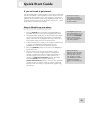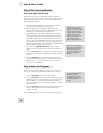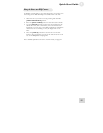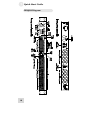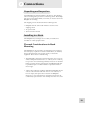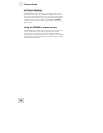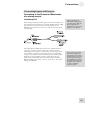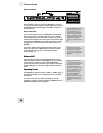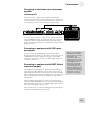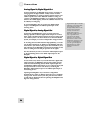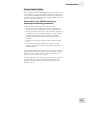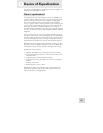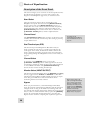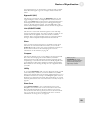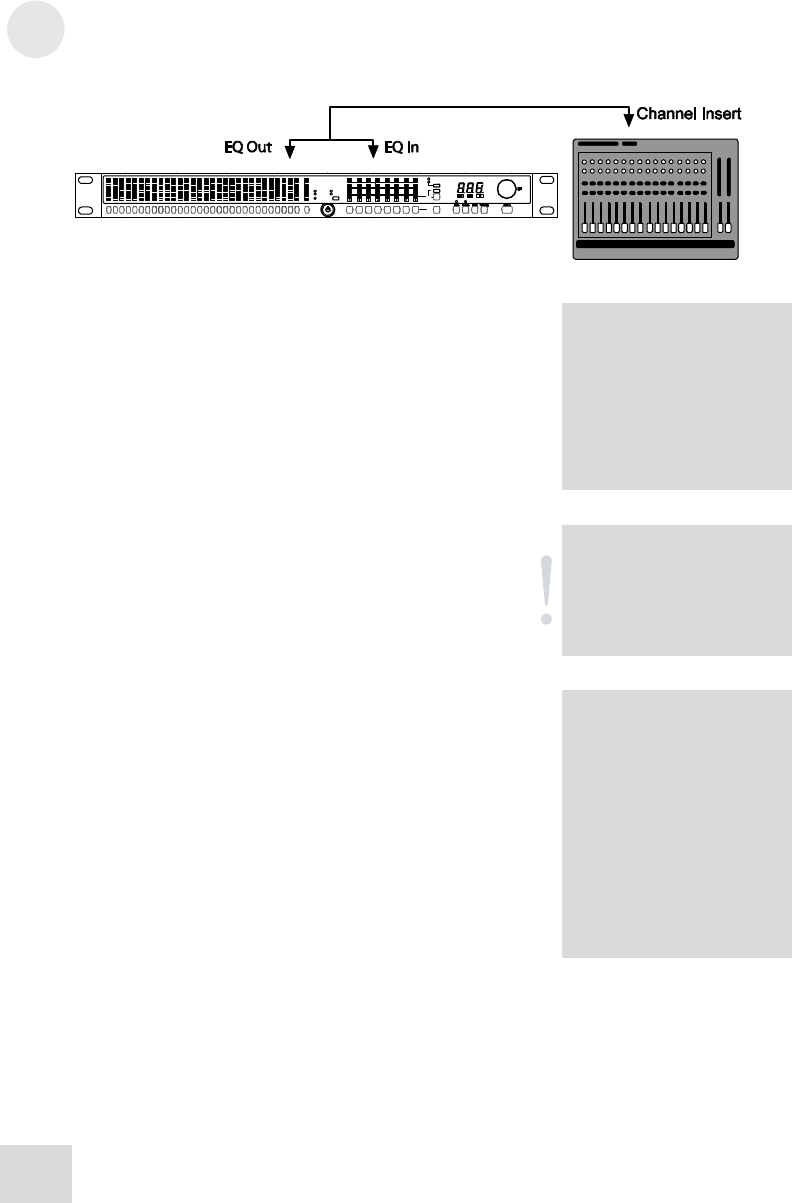
2 Connections
Mono connections Mono connections
This example shows how to connect the DEQ830 to one mono
source. You can use this method to connect eight mono sources to
the DEQ830. You would need eight insert cables to make all of
these connections.
This example shows how to connect the DEQ830 to one mono
source. You can use this method to connect eight mono sources to
the DEQ830. You would need eight insert cables to make all of
these connections.
Since the DEQ830 has eigh
t
channels, you can connect
eight independent sources.
For example, you could use
Channel 1 to EQ the rhythm
guitar, Channel 2 to EQ the
bass guitar, Channels 3 and 4
to EQ the left and right
outputs of a keyboard, and so
on.
Stereo connections Stereo connections
Use two insert cables to connect the DEQ830 to the main L/R
bus in the same way you would connect it to a pair of channel
inserts. Simply connect one insert cable to the left main insert of
the mixer, and connect the two mono jacks to the Channel 1 input
and output of the DEQ830. Use another insert cable to connect
the right main insert to the Channel 2 input and output of the
DEQ830.
Use two insert cables to connect the DEQ830 to the main L/R
bus in the same way you would connect it to a pair of channel
inserts. Simply connect one insert cable to the left main insert of
the mixer, and connect the two mono jacks to the Channel 1 input
and output of the DEQ830. Use another insert cable to connect
the right main insert to the Channel 2 input and output of the
DEQ830.
N
ever place the equalizer
between the power amp and
the speakers, as the high-
p
owered levels created by the
p
ower amp will damage the
D
EQ830.
You can also simply connect the balanced main outputs of the
mixer to the inputs of the DEQ830, then connect the outputs
of the equalizer to the inputs of your mixdown recorder,
monitor system, etc.
You can also simply connect the balanced main outputs of the
mixer to the inputs of the DEQ830, then connect the outputs
of the equalizer to the inputs of your mixdown recorder,
monitor system, etc.
Balanced I/O Balanced I/O
Some recording consoles have separate balanced jacks for the
sends and returns instead of a single TRS jack. If your recording
console has these connections, use a balanced TRS cable to
connect the insert send to the input of the equalizer, and another
balanced TRS cable to connect the equalizer output to the insert
return.
Some recording consoles have separate balanced jacks for the
sends and returns instead of a single TRS jack. If your recording
console has these connections, use a balanced TRS cable to
connect the insert send to the input of the equalizer, and another
balanced TRS cable to connect the equalizer output to the insert
return.
M
odern production values
sometimes lead to the heavy
use of compression during the
mastering process. When
p
rocessing CD audio, you
may find it necessary at times
to lower the Channel Level of
the active program so as to
avoid clipping the output
stage of the DEQ830. This
will allow additional
headroom for more extensive
equalization. See pg. 32 for
details on the Channel Level
f
unction.
Operating Levels Operating Levels
The DEQ830 can operate in either a +4dBu or –10dBV setting. A
rear panel switch allows you to configure the unit to your audio
environment.
The DEQ830 can operate in either a +4dBu or –10dBV setting. A
rear panel switch allows you to configure the unit to your audio
environment.
If you are unsure about the nominal operating level of the
equipment to which you will be connecting the DEQ830, refer to
the Reference Manual for that equipment.
If you are unsure about the nominal operating level of the
equipment to which you will be connecting the DEQ830, refer to
the Reference Manual for that equipment.
22 22




